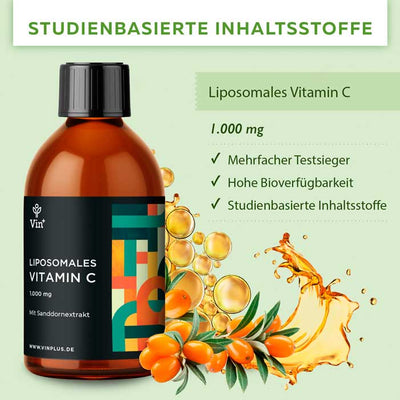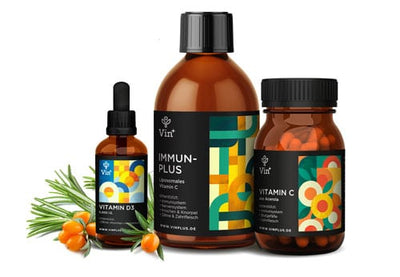
The carob tree, which is up to 30 m high and is native to the Mediterranean region and South America, is very undemanding and grows even on the poorest of soils, wild or in plantations. Since it belongs to the legume family, it is able to bind nitrogen together with nodule bacteria and thus even improve the soil. It has evergreen leaves. Its fruits, the carobes, are around 2 cm wide and up to 20 cm long. Thousands of years ago, they were used by humans as a source of food. The valuable carob powder is still made from them today.
Carob powder can be used in many ways
The carobes are harvested while they are still green and turn brown-black during the drying process. In the countries of origin, the fresh pulp is pressed and fermented into caftan, an alcoholic beverage. For the powder production, the middle pulp without seeds is used, crushed, roasted and ground. The powder is used in a variety of ways. It can be used as a thickening agent as well as a coffee and cocoa substitute . It is also processed in baked goods, biscuits and bars. The typical carob taste gives dishes a special touch. The sweet powder is particularly suitable for the preparation of desserts. It gives drinks a refreshing character, especially with lemon. As a thickening agent, it is sold within the EU under E 410. One gram of carob powder, stirred in cold, binds around 50 ml of liquid. With hot liquids, twice the amount can be bound. But not only the powder itself is commercially available, also unprocessed fruits and finished products from the carob flour.
Carob powder with a lot of content
Carob powder consists of around 40 percent simple and multiple sugars. The rest is made up of high-molecular carbohydrates and up to seven percent of proteins. Due to the pectins and raw fiber content, the powder is very rich in dietary fiber. Minerals, especially calcium, potassium, magnesium and iron , have a powder content of about three percent a

The lowering of blood fat levels by the powder is scientifically proven. It is the contained insoluble dietary fibers and the interaction of the secondary plant active ingredients that are responsible for the effect. They also stimulate fat burning.
Lots of delicious carob recipes
Two tablespoons of carob powder stirred into 250 ml of milk, plus a pinch of vanilla sugar, makes a delicious drink. It looks even more refreshing straight from the fridge. Bananas, apricots or berries can also be incorporated with the stirrer. Toss carob powder into a mixture of cream and quark and mix with chopped fruit, a teaspoon of coconut flakes on top for a quick, super healthy snack. Recipes for desserts can be found on the Internet as well as in relevant cookbooks on the topic of cooking with carob. Old recipes are complemented with modern ingredients to create delicious dishes that can also be enjoyed by allergy sufferers.








